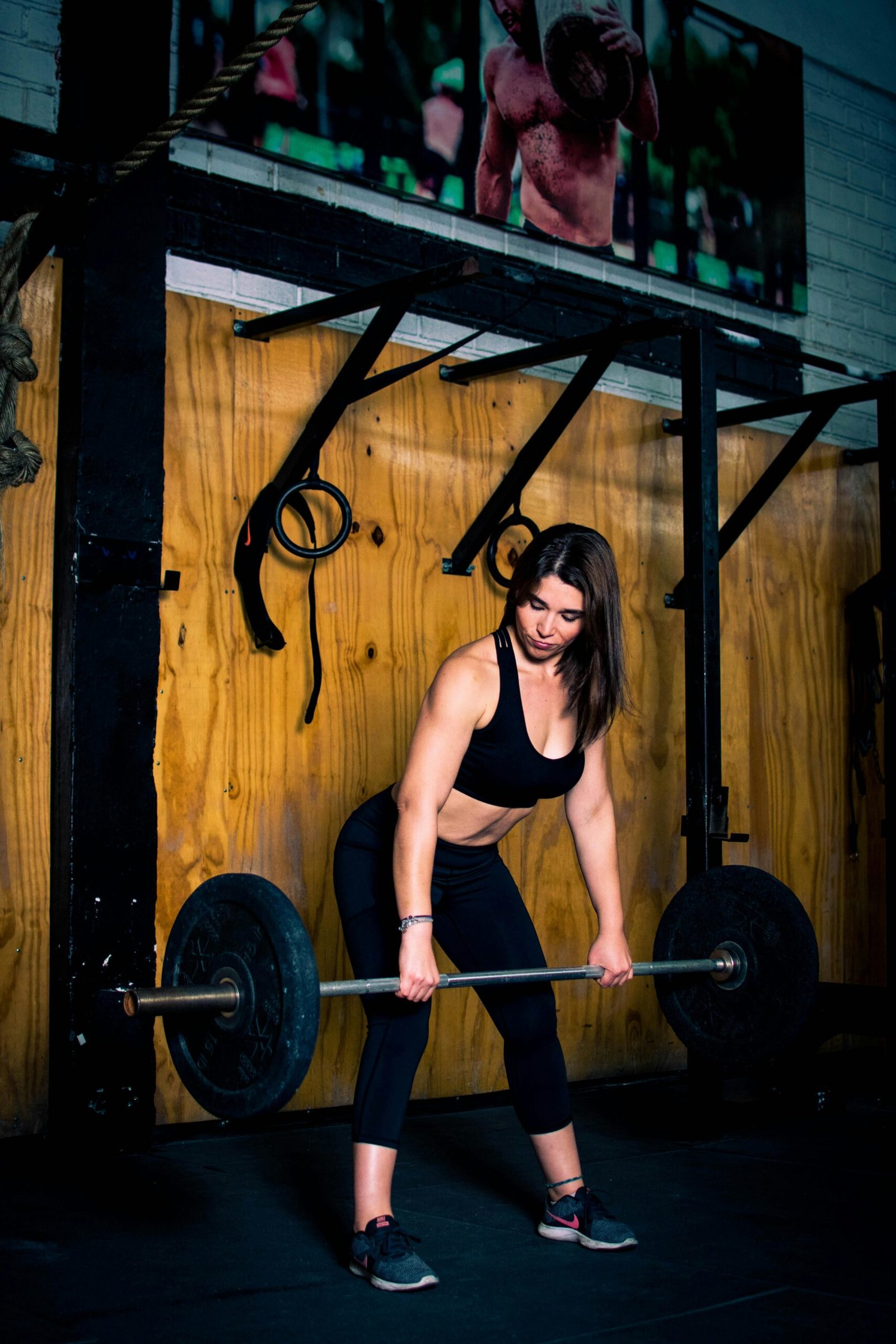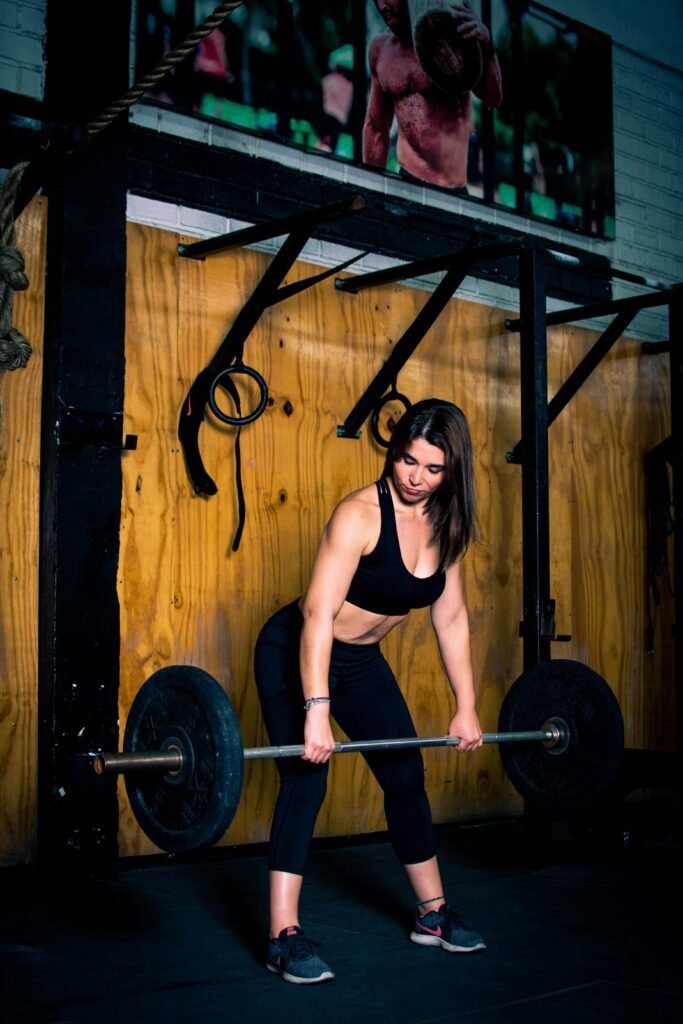
Looking to up your fitness game from the comfort of your own home? Look no further than plyometric exercises. These high-intensity movements are designed to improve strength, power, and explosive movements. In this article, we will explore a variety of effective plyometric exercises that you can easily incorporate into your home workouts. Get ready to take your fitness routine to new heights!
Find more product like these on Amazon!
Benefits of Plyometric Exercises
Improved Power and Explosiveness
One of the key benefits of incorporating plyometric exercises into your workout routine is the improvement in power and explosiveness. Plyometric exercises, also known as jump training or plyos, involve quick and explosive movements that help to train your muscles to produce more force in a short amount of time. By engaging in plyometric exercises regularly, you can improve your ability to generate power and explosiveness, which can be beneficial for various sports and athletic activities. Whether you’re a basketball player looking to improve your vertical jump or a soccer player aiming to enhance your agility and burst of speed, plyometric exercises can be a valuable addition to your training regimen.
Increased Leg Strength
Plyometric exercises primarily target the lower body muscles, particularly the quadriceps, hamstrings, glutes, and calves. These explosive movements require your leg muscles to generate significant force, leading to increased strength and power. The repetitive jumping and explosive movements of plyometric exercises effectively target and tone your leg muscles, helping to build lean muscle mass and improve overall leg strength. By consistently engaging in plyometric exercises, you can develop stronger and more muscular legs, which can enhance your performance in various physical activities, from running and jumping to cycling and dancing.
Enhanced Athletic Performance
Another significant benefit of plyometric exercises is the enhancement of overall athletic performance. Plyometrics require the coordination of multiple muscle groups working together in a synchronized manner, which translates to improved agility, speed, and coordination. By regularly participating in plyometric workouts, you can improve your athletic abilities and excel in activities that demand quick bursts of power and explosiveness, such as sprinting, jumping, and changing directions rapidly. The improved coordination and body control gained from plyometric exercises can have a positive impact on your performance in a wide range of sports and physical activities.
Burns Calories and Helps with Weight Loss
In addition to the strength and performance benefits, plyometric exercises are also an effective way to burn calories and aid in weight loss. Plyometric exercises are high-intensity workouts that engage multiple muscle groups and elevate your heart rate. This increased heart rate leads to a boost in your metabolism, resulting in more calories burned during and after the workout. Incorporating plyometric exercises into your fitness routine can help you achieve your weight loss goals by increasing your overall calorie expenditure and promoting fat loss. Additionally, the explosive movements of plyometric exercises require a significant amount of energy, making them an efficient choice for those looking to maximize calorie burn in a short amount of time.
Safety Considerations
Consult with a Doctor or Trainer
Before starting any new exercise program, it’s essential to consult with a healthcare professional or a certified fitness trainer. Plyometric exercises can be demanding on your joints and muscles, and it’s crucial to ensure that you are in good health and physically capable of performing these exercises safely. A doctor or trainer can assess your fitness level, identify any underlying health conditions or injuries, and provide guidance on the appropriate intensity and duration of your plyometric workouts. Their expertise will help minimize the risk of injury and maximize the effectiveness of your training.
Warm-up Properly
A proper warm-up is essential before engaging in plyometric exercises to prepare your muscles and joints for the intense movements. Start your warm-up with some light cardiovascular activities such as jogging or jumping jacks to increase your heart rate and warm up your entire body. Next, perform dynamic stretches focusing on the muscle groups you will be targeting during your plyometric workout. Dynamic stretching involves moving your muscles and joints through a full range of motion, helping to improve flexibility and enhance performance. By incorporating a thorough warm-up routine into your plyometric workouts, you can reduce the risk of injuries and ensure that your muscles are primed for optimal performance.
Choose the Right Surface
Selecting the right surface for your plyometric exercises is crucial to prevent injuries and ensure a safe training environment. Ideally, you should perform plyometric exercises on a surface that provides some cushioning to absorb impact, such as a shock-absorbing mat or a rubber gym floor. Avoid hard surfaces like concrete or asphalt, as these can increase the risk of joint injuries and stress fractures. If you don’t have access to a suitable surface, consider using a thick exercise mat or layering yoga mats to provide some cushioning and protection.
Wear Appropriate Footwear
Wearing the right footwear is essential for preventing injuries and optimizing your performance during plyometric exercises. Look for athletic shoes that provide adequate support, stability, and cushioning. Shoes with good traction and a secure fit will help prevent slips and falls, allowing you to perform plyometric movements with confidence. Avoid shoes with worn-out soles or inadequate support, as they can increase the risk of foot and ankle injuries. Investing in a pair of quality athletic shoes that are specifically designed for high-impact activities can contribute to your safety and overall enjoyment of plyometric workouts.

This image is property of images.pexels.com.
Basic Plyometric Exercises
Jump Squats
Jump squats are a fundamental plyometric exercise that targets the lower body muscles and improves explosive power. To perform jump squats, start by standing with your feet shoulder-width apart. Lower into a squat position by bending your knees and pushing your hips back. From the squat position, explosively jump upward, extending your legs fully and propelling yourself off the ground. As you land, lower yourself back into a squat position and immediately explode into the next jump. Aim to maintain a fluid and continuous motion throughout the exercise. Start with a few repetitions and gradually increase as your strength and stamina improve.
Burpees
Burpees are a full-body plyometric exercise that combines strength training and cardiovascular conditioning. To perform a burpee, start in a standing position with your feet shoulder-width apart. Lower yourself into a squat position and place your hands on the ground in front of you. Kick your feet back into a push-up position and lower your chest to the ground. Push yourself back up to the push-up position and quickly bring your feet back into the squat position. From the squat position, explosively jump straight up into the air, reaching your arms overhead. Land softly and immediately move into the next repetition. Burpees are a challenging exercise that targets multiple muscle groups and provides a high-intensity cardiovascular workout.
Box Jumps
Box jumps are a classic plyometric exercise that focuses on lower body strength and explosive power. To perform box jumps, you will need a sturdy box or platform of an appropriate height. Start by standing in front of the box with your feet shoulder-width apart. Lower yourself into a quarter squat position and quickly jump up, aiming to land both feet on the box. Land softly, bending your knees to absorb the impact, and immediately step or jump back down to the starting position. Box jumps can be modified by adjusting the height of the box or by adding weights to increase the challenge. As with any plyometric exercise, it’s essential to start with a height that is comfortable for you and gradually progress as your strength and confidence increase.
Jump Lunges
Jump lunges are a dynamic plyometric exercise that engages the lower body muscles and improves balance and coordination. To perform jump lunges, start in a split lunge position with your right foot forward and your left foot positioned behind you, both knees bent at a 90-degree angle. From this starting position, explosively jump straight up, switching the position of your feet in mid-air and landing in a lunge position with your left foot forward and your right foot positioned behind you. Continue alternating the lunge position with each jump, aiming for a fluid and continuous motion. Jump lunges are a challenging exercise that targets the quadriceps, hamstrings, glutes, and calves while also improving cardiovascular fitness.
Advanced Plyometric Exercises
Tuck Jumps
Tuck jumps are an advanced plyometric exercise that requires explosive power, coordination, and core strength. To perform tuck jumps, start in a standing position with your feet hip-width apart. Bend your knees and explosively jump straight up into the air. As you reach the peak of your jump, bring your knees towards your chest, tucking them in close to your body. Extend your legs back out to the starting position and land softly, bending your knees to absorb the impact. Tuck jumps target the lower body muscles, particularly the quadriceps and hip flexors, while also engaging the core muscles for stability and control.
Broad Jumps
Broad jumps, also known as long jumps, are plyometric exercises that focus on explosive power and lower body strength. To perform broad jumps, start in a standing position with your feet hip-width apart. Lower yourself into a quarter squat position, swinging your arms behind you for momentum. In one explosive movement, jump forward as far as you can, extending your legs fully and swinging your arms forward to help propel yourself. Land softly, bending your knees to absorb the impact, and immediately move into the next jump. Broad jumps target the quadriceps, hamstrings, glutes, and calves, and they can be an effective exercise for improving overall lower body strength and power.
Depth Jumps
Depth jumps are an advanced plyometric exercise that involves jumping down from an elevated position and immediately jumping back up. This exercise helps to improve explosiveness, lower body strength, and reactive power. To perform depth jumps, find a stable elevated platform, such as a plyometric box or step. Start by standing on top of the platform, then step off the edge and immediately explode into a jump as soon as your feet hit the ground. Aim to jump as high as possible after stepping off the platform. Upon landing from the jump, immediately step back onto the elevated surface and repeat the exercise. Depth jumps can be physically demanding, so it’s crucial to gradually progress in height and intensity as you build strength and confidence.
Plyometric Push-ups
Plyometric push-ups are an advanced variation of the traditional push-up that adds an explosive element to the exercise. This exercise focuses on upper body strength, power, and stabilization. To perform plyometric push-ups, start in a push-up position with your hands slightly wider than shoulder-width apart. Lower yourself into a push-up, then explosively push yourself up with enough force to lift your hands off the ground. While in the air, quickly bring your hands back down to the starting position and immediately lower yourself into the next repetition. Plyometric push-ups engage the chest, shoulders, triceps, and core muscles, helping to develop upper body strength and explosive power.

This image is property of images.pexels.com.
Creating a Plyometric Workout Routine
Setting Goals and Objectives
Before creating a plyometric workout routine, it’s essential to establish clear goals and objectives. Determine what you hope to achieve through plyometric exercises, whether it’s improving power and explosiveness, increasing leg strength, enhancing athletic performance, or burning calories for weight loss. Setting specific and measurable goals will help guide your exercise selection and intensity level, ensuring that your workout routine is tailored to your individual needs. Whether you’re aiming to improve your vertical jump for basketball or enhance your agility for soccer, having specific goals in mind will help you track your progress and make adjustments to your routine as necessary.
Choosing Exercises for Different Muscle Groups
To create a well-rounded plyometric workout routine, it’s important to include exercises that target different muscle groups. Plyometric exercises primarily focus on the lower body muscles, but incorporating upper body and core exercises can provide a more balanced workout. Choose exercises that target the quadriceps, hamstrings, glutes, calves, chest, shoulders, and core muscles. By effectively targeting various muscle groups, you can improve overall strength, power, and stability. It’s also essential to select exercises that mimic the movements and demands of the activities you’re training for, as this can further enhance your athletic performance.
Determining Sets and Reps
When determining the number of sets and repetitions for your plyometric workout routine, consider your fitness level and goals. Beginners may start with two to three sets of each exercise, gradually increasing the intensity and volume as they progress. Intermediate and advanced individuals can aim for three to five sets, challenging themselves with higher repetitions and shorter rest periods between sets. A common range for repetitions is eight to fifteen, depending on the exercise and your fitness level. However, it’s important to listen to your body and adjust the sets and reps accordingly to avoid overexertion and minimize the risk of injuries.
Planning Rest Days
Rest and recovery are crucial components of any workout routine, including plyometric exercises. Plyometric workouts place significant stress on your muscles and joints, and giving them adequate time to recover is essential for optimal performance and injury prevention. Plan rest days in between plyometric workout sessions to allow your muscles to repair and rebuild. Rest days also help prevent overtraining and burnout, ensuring that you remain motivated and continue to progress in your fitness journey. Depending on your fitness level and the intensity of your workouts, aim for one to three rest days per week. Use these rest days to engage in active recovery activities such as stretching, yoga, or low-impact cardio exercises.

